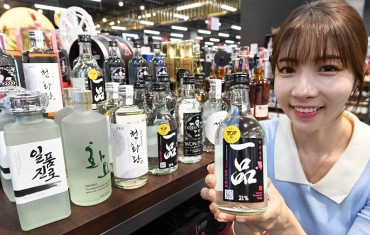
More than seven in 10 workers have thought about leaving their jobs at least once or twice in the past year, a recent survey found. (Yonhap)
SEOUL, Nov. 3 (Korea Bizwire) – A new report has revealed that only 4 out of 10 newly employed wage workers in South Korea remain at their initial workplace after one year, highlighting ongoing concerns about job stability among new entrants to the workforce.
According to an analysis published November 3 by the Korea Employment Information Service (KEIS), the one-year job retention rate for newly employed workers covered by employment insurance was 40.1% as of 2021.
The study, conducted by KEIS senior researcher Jang Sa-rang, analyzed employment insurance database records from 2012 to 2022 to track annual job retention trends. The findings show that retention rates gradually declined from 42.4% in 2012 to 41.2% in 2017, before briefly recovering to over 42% in 2018-2019.
However, rates fell again to 39.6% in 2020 and 40.1% in 2021, influenced by the COVID-19 pandemic.
This means that 6 out of 10 workers who started new jobs in 2021 left within their first year.
The findings present an interesting contrast with Statistics Korea’s data showing that the average tenure for wage workers steadily increased from 64 months in 2012 to 70 months in 2021, and further to 76 months in 2024.
The report suggests this apparent contradiction reflects a decreasing proportion of new hires in the overall workforce rather than improved job stability for new employees.
“This pattern reflects a dual labor market structure where stable jobs become more secure while unstable positions remain precarious,” Jang explained.
The 2021 data revealed significant demographic disparities, with men showing higher retention rates at 42.4% compared to women at 37.9%.
Workers in their 30s and 40s demonstrated the highest retention rates at 46.0% and 43.8% respectively, while those over 60 and under 29 showed the lowest at 34% and 37.4%. The study also found that lower education levels corresponded with lower retention rates.
The report noted that these demographic gaps have widened over the past decade, with women particularly affected during the COVID-19 pandemic, experiencing steeper declines in retention rates compared to men.
“We need carefully targeted policies to support groups with low employment retention rates during economic downturns,” Jang recommended, adding that further research should examine labor demand factors, including industry-specific trends, to better understand retention rate changes.
Ashley Song (ashley@koreabizwire.com)






